How to use the polarization of light?
Author:Institute of Physics of the Ch Time:2022.09.01
Writing | ED Wong Tsinghua University
There are many dual -refractive devices around us, such as colorful glass paper tapes, emphasizing glass or plastic utensils. When this dual -refractive material insertion line polarizer is inserted, a wonderful color distribution pattern appears. In the early days, artists tried to use dual -refractive objects to show different color patterns in polarizers to create vivid color images. The well -known artist Austine Wood Comarow uses glass paper and other dual -refractive polymer thin film, which is inserted between the film polarizing tablets, creating a form of polarizing light art, which is the "Polage" art we know now.
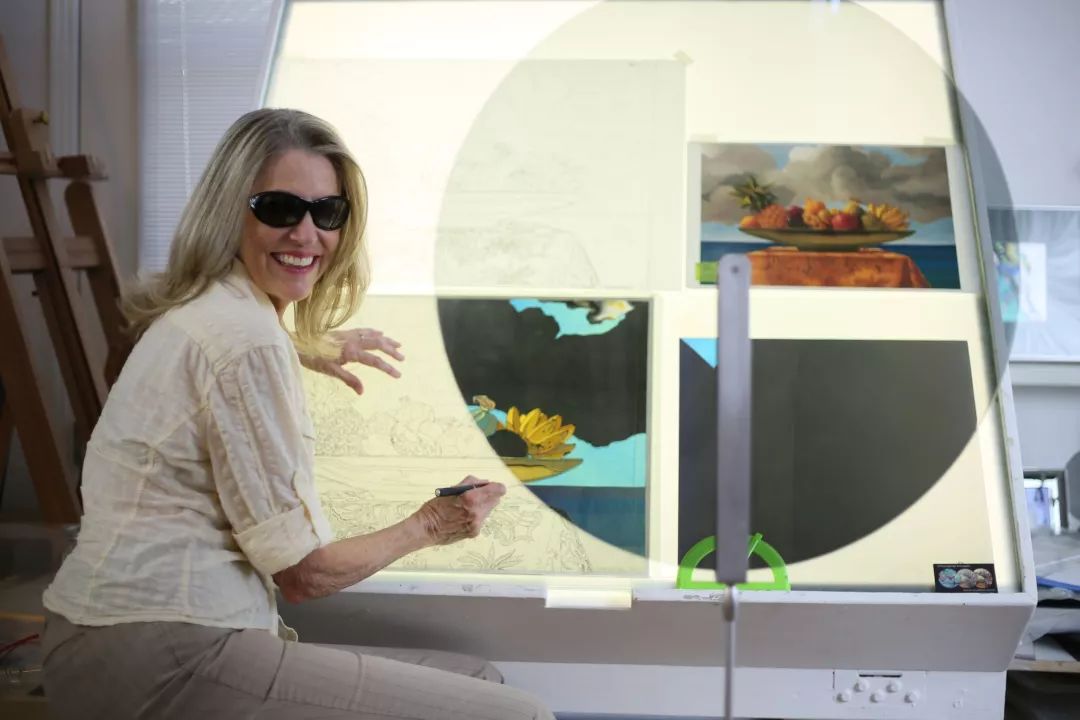
Figure 1: Austine Wood Comarow, which is being created
Picture source: www.austine.com
What is the relationship between polarization (science) with art? Aaron D. Slepkov published an article on American Journal of Physics based on the title of Painting in Polarization. The article introduces the physical process of polarization filed color, and elaborates the opportunities and challenges of polarizers combined with dual refractive materials.
Birefringnce is a kind of optical characteristics of the material. When the beam incidence of the heterosexual crystals, it presents different refractive indexes along the optical axis, and is decomposed into two beams of light to continue spread at different speeds. The speed difference between this light transmission can be represented by phase delay Δ between the components, that is, the phase difference between the electric field component of the light shaft and the electric field component vertically in the light shaft.
The incident line polarization light can generate the light, ellipse polarized light or round vibration from the new direction of the line in the double refraction material. In addition, the change of the wavelength of the light brought by the phase delay, the light after the dual refractive sample changes the entire spectrum accordingly. Observing dual refraction related colors need to be polarized gate. The first partial vibration tablets (so that the input light polarization) and the second partial vibration tablet (analyzer) jointly form a polarized door. The polarization component of the transmission of the second polarized tablet and the first polarizer is aligned, the polarization component of the vertical direction is extinguished, and all the intermediate components are attenuated. Therefore, the different polarized light corresponding to each wavelength is transmitted in different proportion, which generates variable spectral strength, that is, different colors. This process is shown in Figure 2.
The vertical polarizer filter the non -polarized light, and the vertical line polarization light is irradiated to the double refraction sample with the thickness of D and dual refraction to Δn. The white light of different wavelengths go through different delay values. If there is no further polarizing filtering, it will still be displayed as white after the sampling. After the light is analyzed by the second polarized film, the filtering of each wavelength is proportional to the projection of its polarizing shaft, and the ellipse polarization light is filtered, which shows different colors. In the figure, the upper side is the open polard door, and the lower side is the closure polarizer.
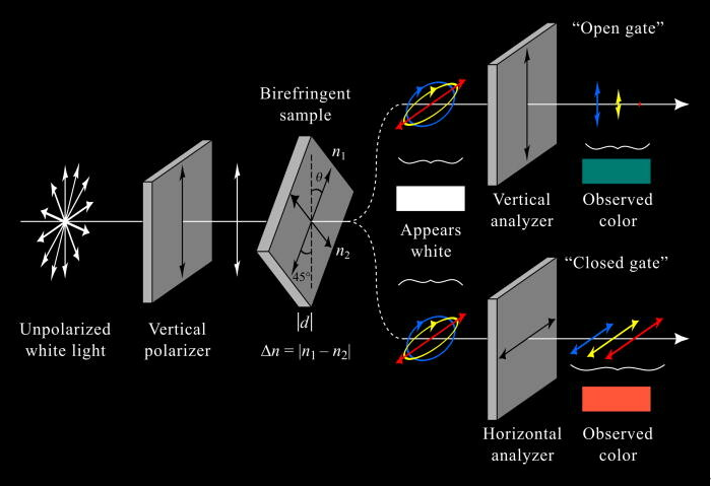
Figure 2: Demonstration of polarizing filtering color principle
Picture source: am. J. Phys. 90 (8), August 2022, Fig. 1
How to DIY a polarizing color filter system?
Most computers, tablets, and mobile phones send line polarizing light, showing that blank images can be used as a mansion polarizing light source. Polaries can be used as analyzers. The design principle of polarized sunglasses is to eliminate horizontal polarizing light and transmit vertical polarizing light. Therefore, we can get polarizing doors in different directions in front of the screen in front of the screen.
We can easily find double refracted samples, such as transparent plastic tableware, plastic wrap, tape, etc. The author pasted different directions and thick tapes on the 20 × 25 cm glass plate as a dual -refractive sample, and was illuminated by the line polarization light of the laptop screen.

Figure 3: color pattern obtained by DIY
Picture source: am. J. Phys. 90 (8), August 2022, Fig. 2
How to further improve the quality of "painting"?
The author introduces a more accurate polarizing door with polarizers. At the same time, we can also cut the polarizer to become the shape of our need, so as to achieve a rich pattern drawing. In addition, you can use transparent parchment paper or wax paper to make the incident sunlight be fully defined before the first partial vibration tablets.
As shown in Figure 4, the author superimposed sheepskin paper, vertical line polarizer, glass, tape, and horizontal polarizing tablets in the photo frame, and produced regular colors and patterns.
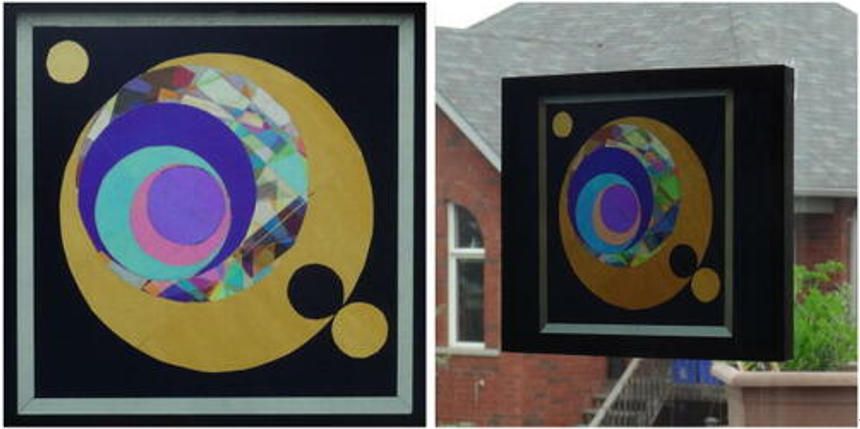
Figure 4: Eclipse No.1 made by the author
Picture source: am. J. Phys. 90 (8), August 2022, Fig. 3
Painter's palette
The artist needs to draw a rich pattern. The author also establishes a set of polarized color filter palettes for polarizing doors and packaging tape layers. As shown in Figure 5, the author uses different layers of SCOTCH ™ 371 box tape tape layer, placed after 45 ° polarizers, and used incandescent halogen lights as a light source. The middle and right columns show the second partial vibration tablets and the first polarization. The color distribution of the cross (closed door) and alignment (opening the door). By quantitatively changing the relative position of the dual -refractive material and polarizer, we can create the palette of our corresponding materials. Figure 5: Polarized color filter color panel
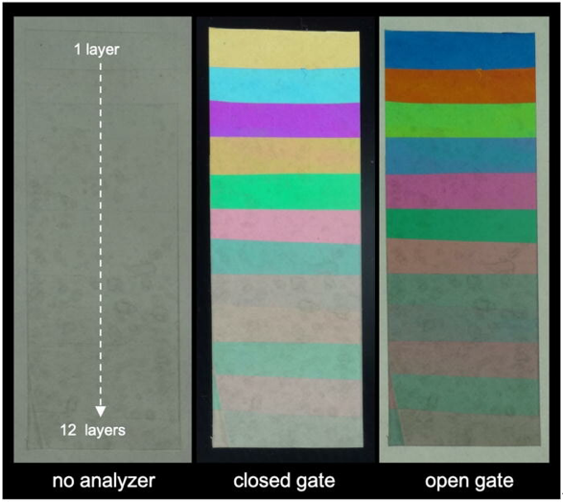
Picture source: am. J. Phys. 90 (8), August 2022, Fig. 4
Dive spectrum and color
By transmitting spectrals, you can analyze why the layers of different thickness show corresponding color changes. As shown in Figure 6, when the thickness of the tape is 2 layers, compared to the spectrum without double refractive materials, after the incident light passes the door, the wavelength of the wavelength after 720nm completely extinguishes Blue. The wavelength of the door before 500nm cannot be spread, and the red light of the long wavelength of the spread shows reddish brown. Closing doors and closed doors show complementary spectrals, that is, complementary color pairs.
Figure 6: The distribution of polarizer filtering of two, fourth, and twelve tapes stacked
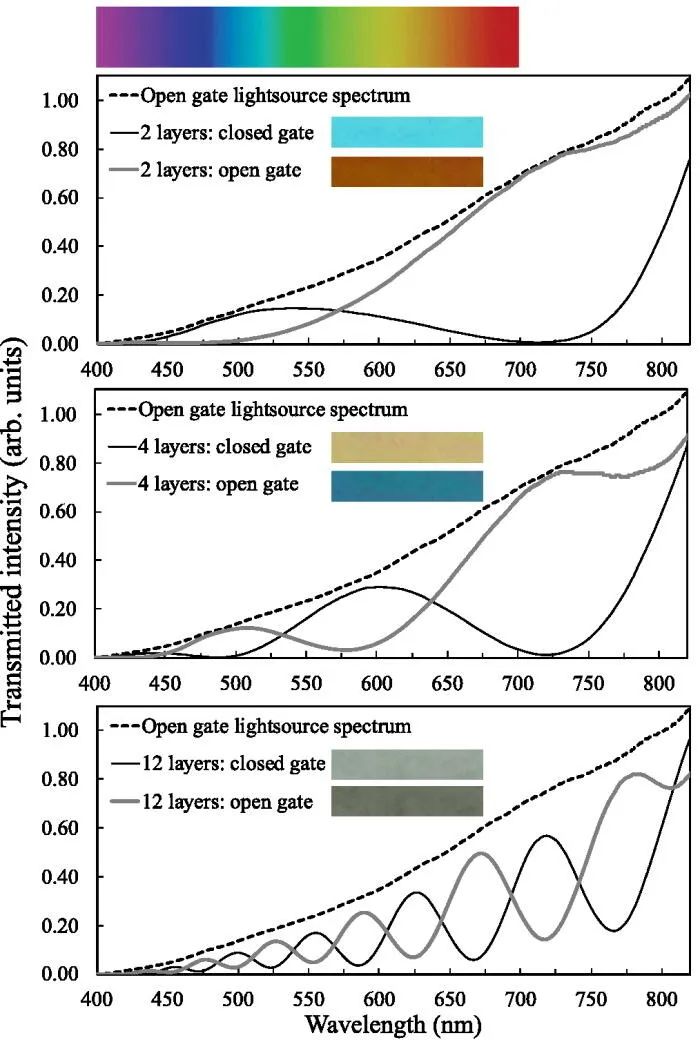
Picture source: am. J. Phys. 90 (8), August 2022, Fig. 5
From the layered palette in Figure 4, as the number of stack layers increases, the color produced will gradually become gray. As the number of layers increases, the spectrum modulation will narrow, and the transmission peak gradually approaches, and finally presents the spectral distribution shown in the third figure as shown in Figure 5. Because the color we perceive is the average of a spectrum, the comprehensive effect presents the weaker light incident light, that is, there is no color we want.
Observation angle
In addition to the opening and closing of the dual refractive materials and polarizing doors described above, and changing the observation angle, it will change the phase delay of light transmission, thereby changing the observed polarized filtering color. This effect is a kind of Polage art, and the two observer standing together may see the completely different colors from close observation works. Figure 6 shows a series of photos taken from a work at different angles.
The author pastes the transparent tape of the shape rules in different areas on the glass plate. The computer notebook with a white background is used as a light source to observe it through the closing polarized door. The angle of observation of 1 to 6 is the upper right, above, upper left, right side, front, left, and left. The small diagram below is a zoomedment local area. It can be seen from the figure that these color areas change the colors as the position changes. The same area can be displayed as green, cyan, blue, pink or purple.
Figure 6: Observation angle and the effect of membrane thickness on transmitted colors
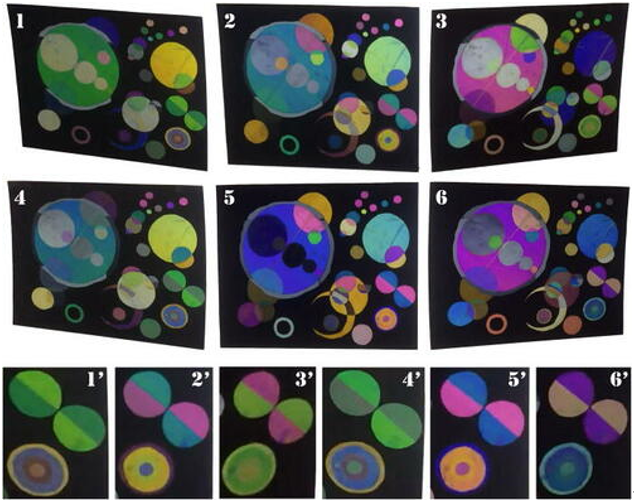
Picture source: am. J. Phys. 90 (8), August 2022, Fig. 6
Summarize
Polarized filtering coloring to produce colorful images can be used as an artistic expression, or it can be used as a teaching tool to vividly perceive the physical phenomenon of polarization polarization, double refraction, time latency, and color theory. At the same time, polarizing filtering coloring has also been applied in some industrial fields, such as observing dual refractive stress refraction of the return glass, identification and analysis of the thickness of geological samples.
Produced: Zhao Yang
- END -
618 merchants have doubled, and Shanghai people can buy the most ... Douyin upgrades the whole region of interest e -commerce. This step is very important in the future.
As of June 2021, the number of daily active users on the Douyin platform has exceeded 600 million. In the huge user plate, there may be a lot of consumers similar to Mr. Wei: this 618, the Douyin e -c
Xinhua Full Media+丨 Future Science and Technology Journey that is said to leave -Science and Technology Observation of Xinhua All Media+丨 A Future Science and Technology Journey of the Fair
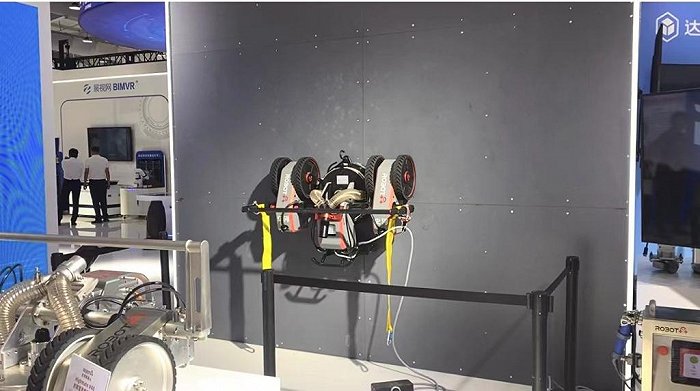
Entering several venues in the Steel Garden of the Senior Fair in 2022, the future...